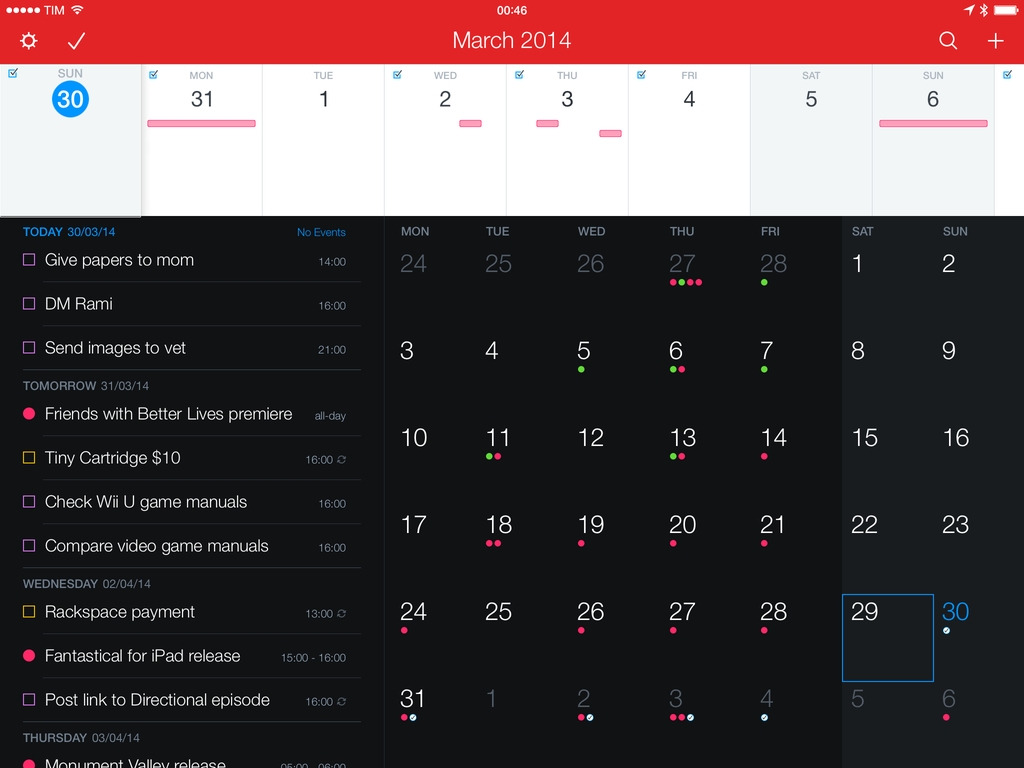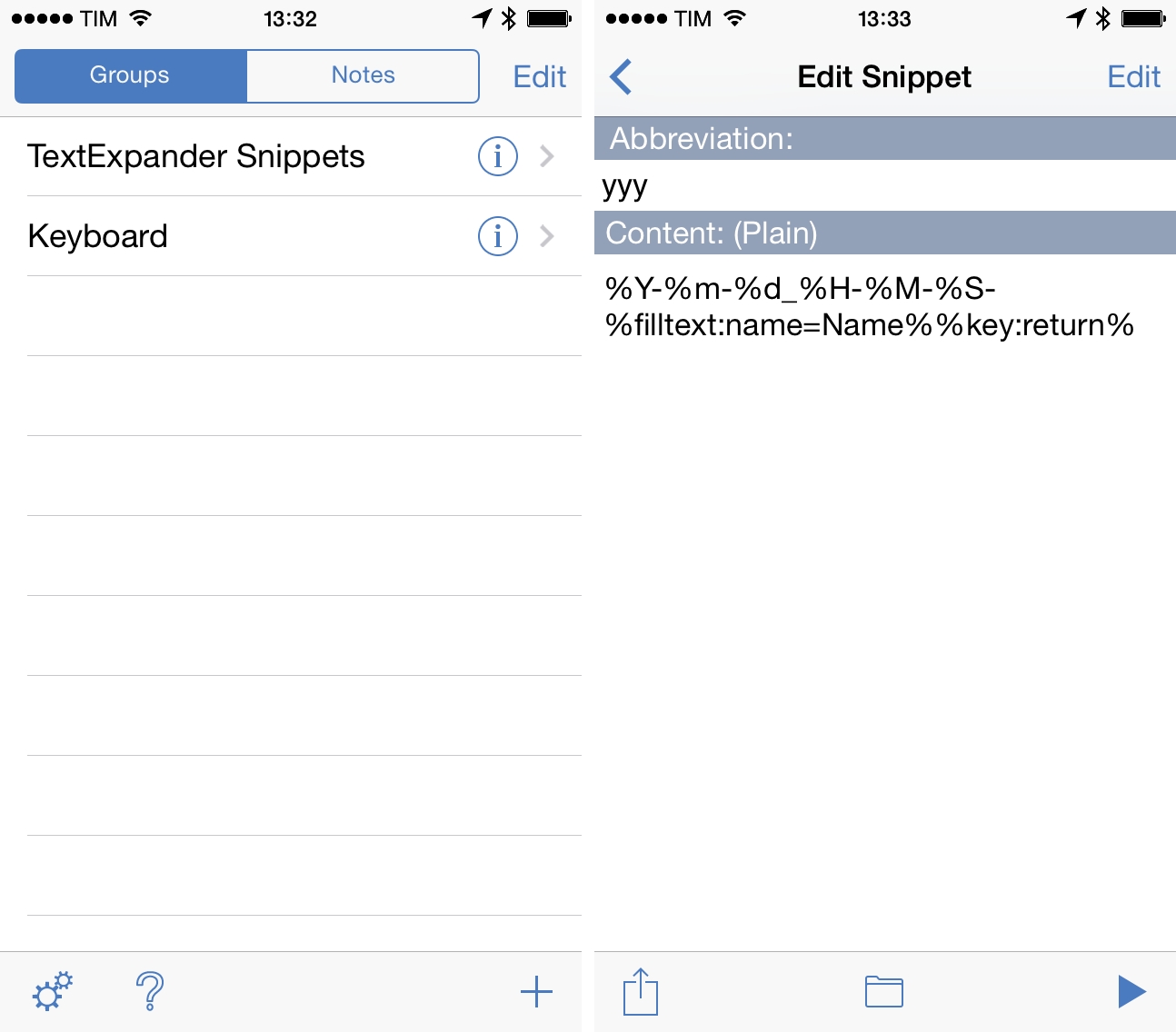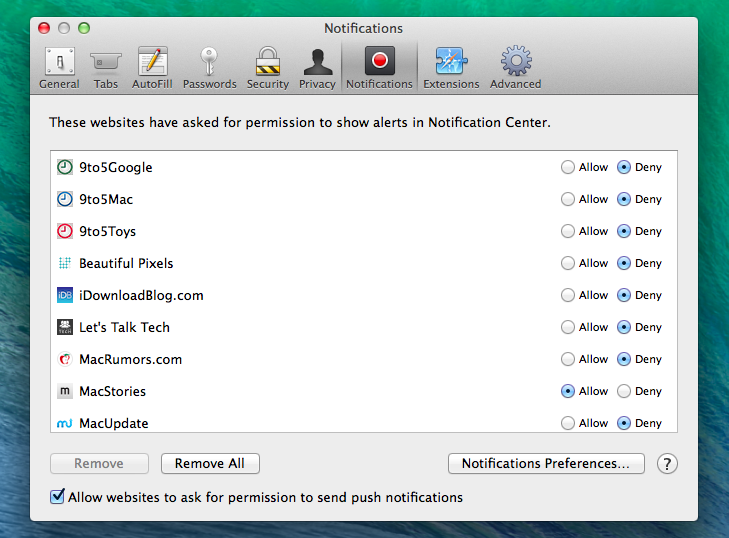TextExpander touch, Smile’s snippet expansion utility for iOS, has been updated today to version 2.5, bringing a redesign for iOS 7 with new features and tweaks made possible by the new OS. TextExpander allows users to configure abbreviations that are expanded into longer, commonly-used strings of text in third-party apps that have added support for the TextExpander touch SDK; unlike Apple’s own abbreviation feature, TextExpander supports advanced options such as macros, clipboard integration, and fill-in snippets.
Aside from an expected visual update, TextExpander touch 2.5 makes several improvements to group and snippet management: groups can be reordered, and a new detail view combines group renaming with the ability to disable snippet expansion for an entire group of snippets. In groups, individual snippets can be moved to a different group with a dedicated Move button, which is available in the bottom toolbar alongside a new preview option to see what an expanded snippet will look like. Outdated snippet organization had long been one of the app’s popular shortcomings, and the improvements in version 2.5 make creating, moving, and sharing snippets faster and easier.
When sharing a snippet, TextExpander touch now uses iOS’ default share sheet with buttons to copy or share a snippet via configured services. Smile also added external keyboard shortcut support to adjust font size (the app integrates with iOS’ Dynamic Type now), create new snippets/groups/notes, and toggle between Notes and Groups in the main view.
In December, Smile was forced to change how TextExpander touch shared snippets with other iOS apps following a rejection from Apple; the company released an updated SDK and app that abandoned the Reminders-based snippet sharing solution in favor of a manual sharing process based on x-callback-url. Since then, third-party developers have been updating their TextExpander-compatible apps to the new SDK, which requires users to share and update snippets manually.
TextExpander touch 2.5 is available on the App Store.





